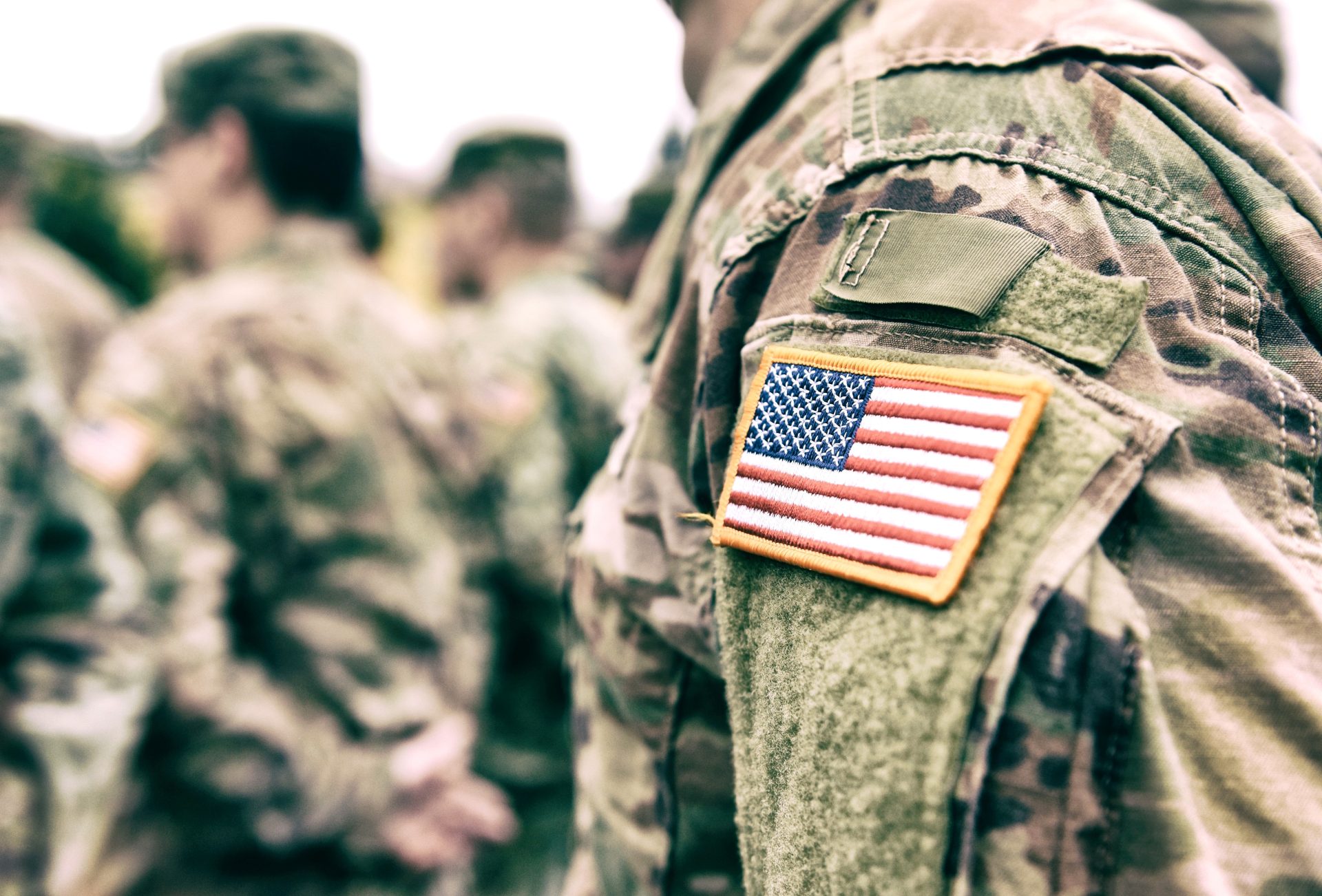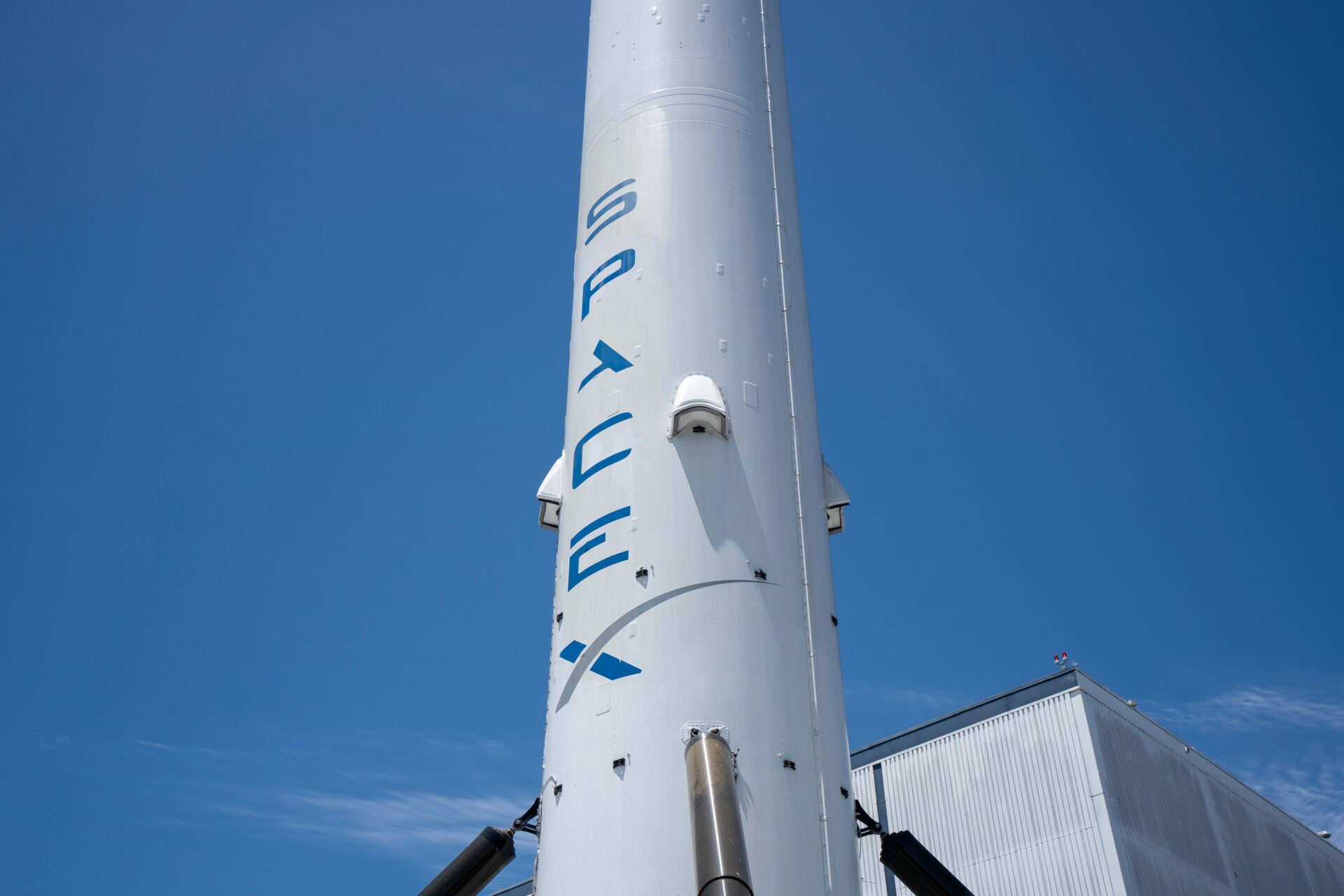
Out of Syria, Into Risk – What’s the Plan?
Pentagon begins drafting plans to withdraw all American troops from Syria as President Trump signals a significant shift in Middle East policy.
At a Glance
- Defense Department is planning for a complete withdrawal of U.S. troops from Syria following Trump administration directives
- American forces have already withdrawn from two major military bases in Syria’s eastern Deir ez-Zor province
- Current troop levels are being reduced from 2,000 to about 1,400, with three of eight U.S. bases closing
- Pentagon officials warn withdrawal could abandon Kurdish allies and risk freeing 9,000 ISIS fighters from detention facilities
- Syrian Democratic Forces (SDF) are demonstrating increased capability to prevent ISIS resurgence independently
Trump Administration Initiates Syria Withdrawal
According to two U.S. defense officials, the Defense Department has begun drafting plans to withdraw all U.S. troops from Syria. This development follows President Trump’s recent comments suggesting American forces should no longer be involved in the Syrian conflict. The Pentagon is reportedly preparing multiple withdrawal timelines, with options spanning 30, 60, or 90 days to complete the pullout. This marks the second time Trump has pushed for a Syria withdrawal, having previously ordered troops out in late 2019. This decision prompted then-Defense Secretary James Mattis to resign in protest.
“I don’t know who said that. I mean, I don’t know who said that, but we’ll determine that. We’re not getting, we’re not involved in Syria. Syria is its own mess. They got enough messes over there. They don’t need us involved in everyone.”, said President Donald Trump.
Trump’s new national security adviser, Mike Waltz, recently visited U.S. Central Command in Tampa, Florida, for comprehensive briefings on the Middle East situation. A White House official described the visit as an opportunity for Waltz “to get a sense of the entire region.” The Pentagon currently describes the American military presence in Syria as “temporary rotational forces” focused on degrading ISIS and supporting local partners like the Syrian Democratic Forces.
US Withdrawal from Syria: The United States will withdraw from three bases in northeastern Syria, including two positions designed to support counter-ISIS operations along the Euphrates River in Deir ez Zor Province. The US troop presence in Syria will drop from 2,000 to 1,400… https://t.co/aQZjVfD3D1 pic.twitter.com/Oj2aD3ICBS
— Institute for the Study of War (@TheStudyofWar) April 19, 2025
Phased Withdrawal Already Underway
The withdrawal process has already begun in earnest. According to the Syrian Observatory for Human Rights, U.S. forces have carried out a sudden withdrawal from two major military bases in Syria’s eastern Deir ez-Zor province. This operation, which began on May 18 and accelerated over the past 48 hours, involved multiple military convoys of armored vehicles and logistical equipment leaving the al-Omar oil field and the Conoco gas field amid intense overflights by U.S.-led coalition aircraft.
“U.S. forces have carried out a sudden withdrawal from two major military bases in Syria’s eastern Deir ez-Zor province, the Syrian Observatory for Human Rights said Monday, in what marks one of the most significant American military shifts in northeastern Syria.”, said Syrian Observatory for Human Rights.
The military is shuttering three of its eight small operating bases in northeastern Syria, reducing troop levels to about 1,400 from 2,000. After 60 days, senior U.S. officials indicate American commanders will assess whether to make additional cuts, with recommendations suggesting at least 500 troops should remain in Syria. Joint operations against ISIS militants will continue from the al-Shaddadi base in al-Hasakah province, though the move has raised concerns about potential security vacuums in the region.
Insight from @sfrantzman: "Reports on the U.S. troop withdrawal from Syria suggest the redeployment will happen in phases. This phased approach is crucial — it allows for flexibility in case emerging threats require a reversal of action."https://t.co/sE4HYfjOiK
— FDD (@FDD) April 22, 2025
Security Concerns and Regional Implications
Defense officials have expressed concerns that withdrawing U.S. troops could effectively abandon the SDF, jeopardizing the security of prisons and refugee camps housing over 50,000 people, including 9,000 ISIS fighters. The SDF currently relies heavily on U.S. support to maintain these facilities, raising fears that without American backing, they might abandon them, potentially freeing ISIS fighters who could reconstitute the terrorist organization.
However, proponents of withdrawal point to several positive developments that reduce the strategic necessity of maintaining American forces in Syria. Iran’s influence in the country has diminished with Assad’s ousting and regional challenges, reducing the need for U.S. deterrence. Additionally, a recent agreement between the Kurdish-led militia and Syria’s new government marks a significant step toward unifying the country. The SDF has increasingly demonstrated capability in preventing ISIS resurgence, which supporters argue reduces the need for continued U.S. involvement.
Diplomatic Possibilities
The withdrawal is unfolding alongside potential diplomatic shifts. President Trump reportedly met with Ahmed al-Sharaa, signaling openness to normalizing relations with Syria and lifting sanctions. Turkey, as Syria’s northern neighbor, is positioned to potentially take a larger role in ensuring regional stability. These developments suggest a broader strategic realignment in America’s approach to Syria, moving from direct military presence to diplomatic engagement and supporting regional partners’ security efforts.
As SDF special forces deploy to locations vacated by American troops, the withdrawal represents a significant repositioning of U.S. forces but not a complete abandonment of American interests in the region. The transition will test whether local forces can maintain stability and continue counter-terrorism operations with reduced American support, while potentially opening doors for new diplomatic arrangements in a region long plagued by conflict.


